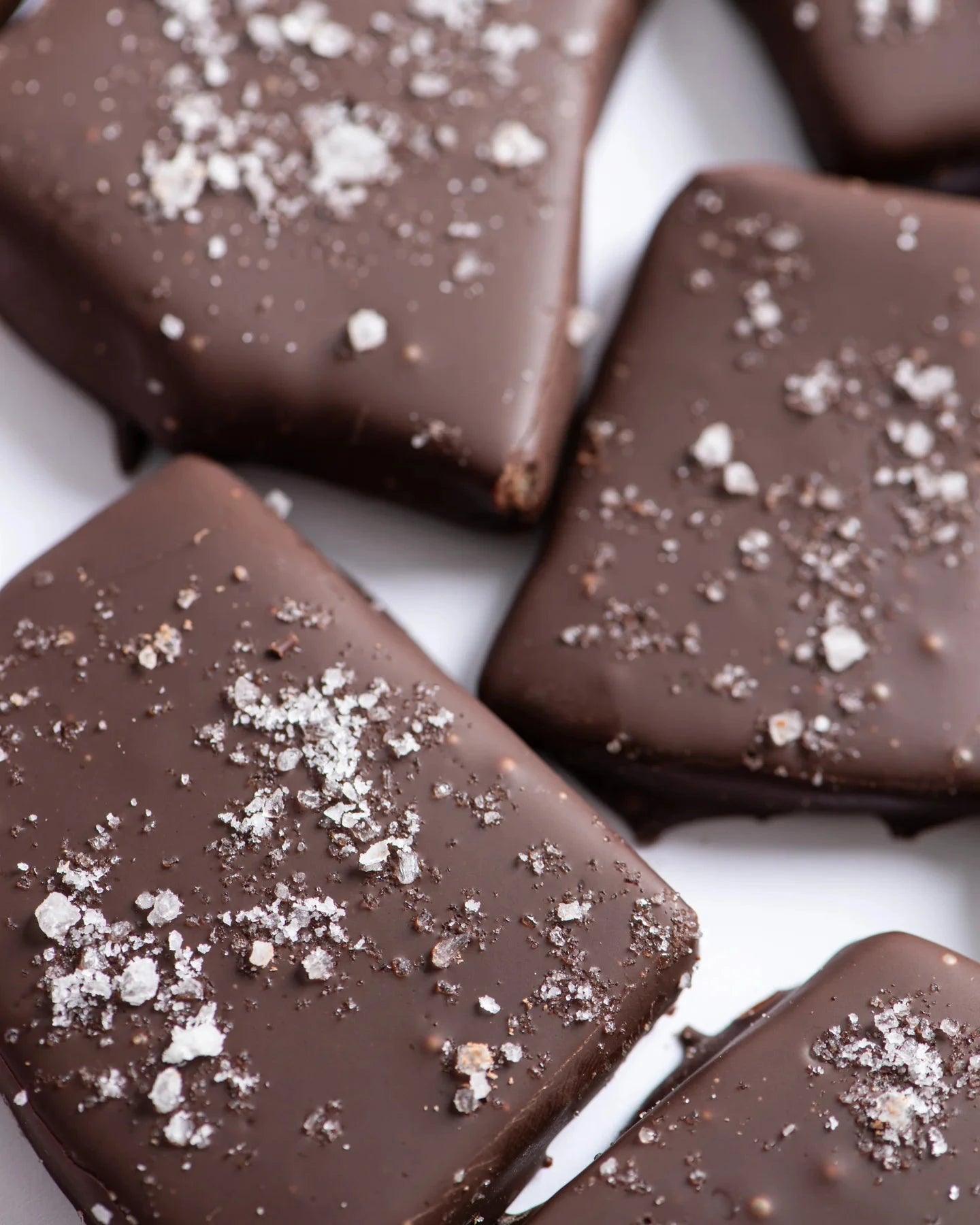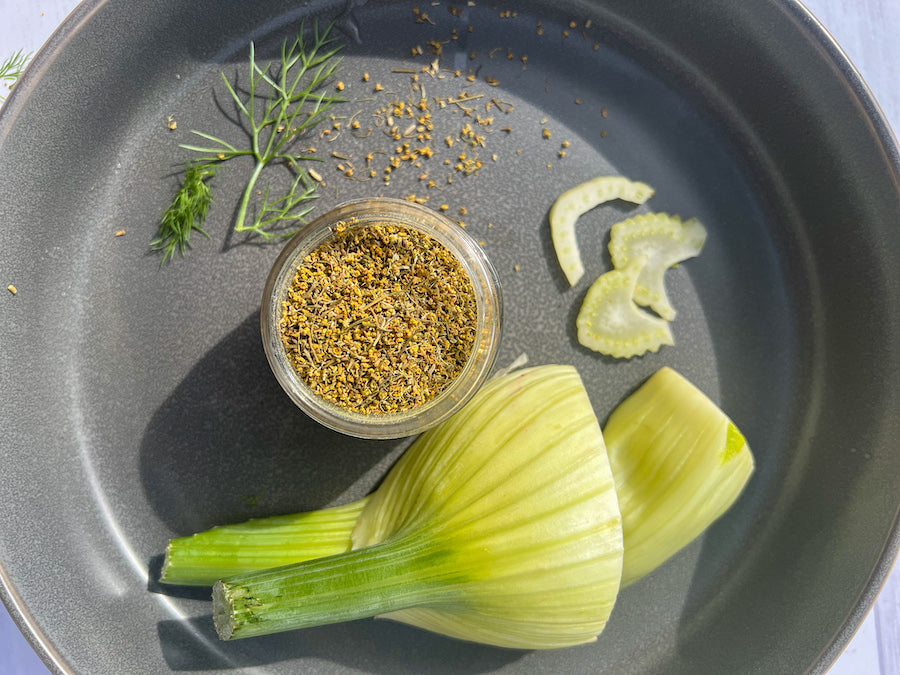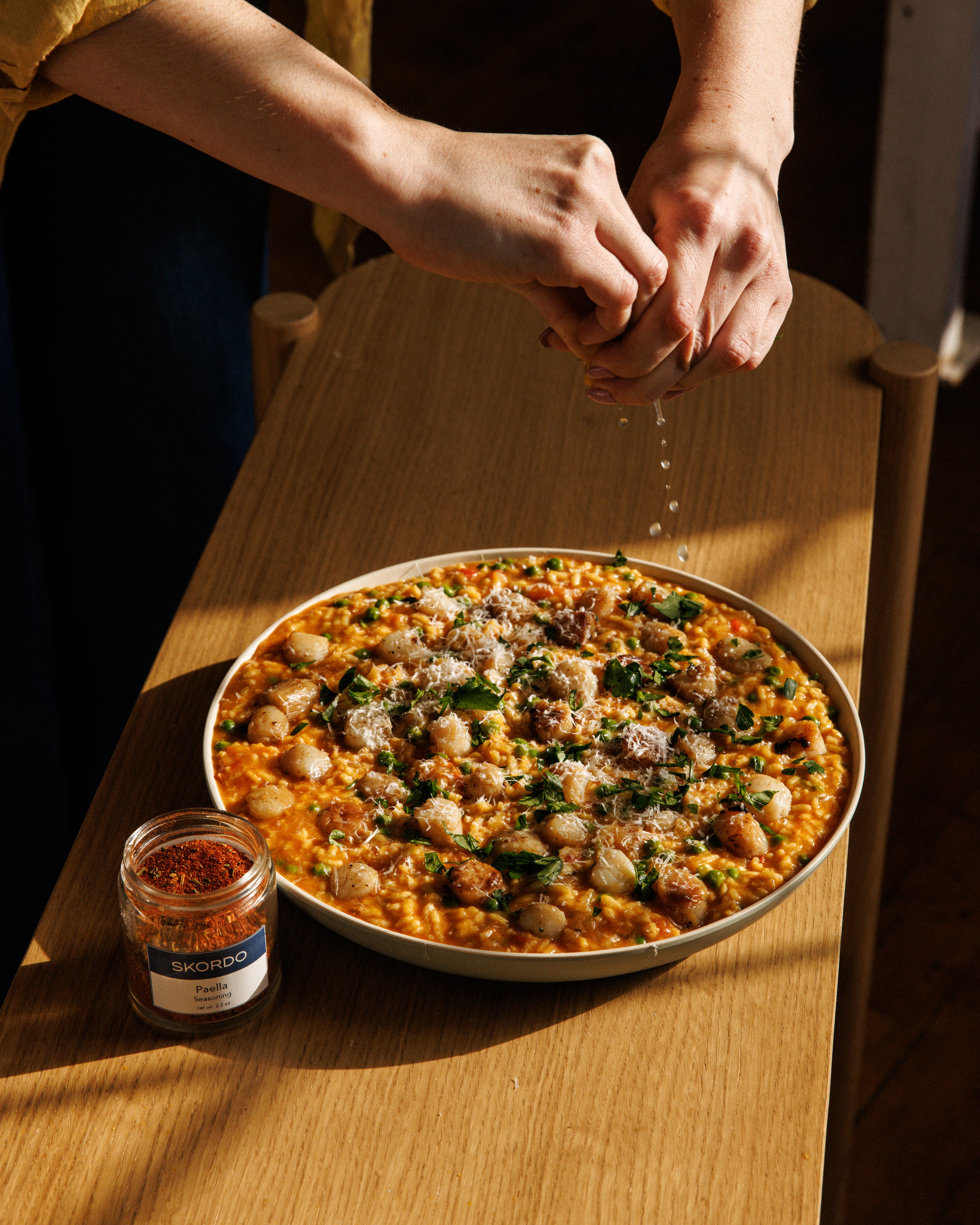This ingredient is for every home cook who is craving a trip to Italy. Fennel Pollen reminds us of sunshine. It illuminates everything it touches and a little goes a very long way. It is bright, fun and more affordable than a flight to Rome. Plus, it's one of the most requested items in our shops. Curious? Read on to learn all why this is a spice rack essential.

What is fennel pollen?
Fennel pollen is the harvested pollen from fennel plants. Fennel itself is long celebrated for its many culinary uses: The seeds, pollen, bulb, and stem are all great to cook with and each piece of the plant provides a unique flavor. Fennel is native to Italy and grows throughout California. Today, fennel is considered invasive to regions in the west coast of the United States.
Fennel pollen is commonly harvested from wild fennel. Collecting the pollen is delicate work that often impacts the viability of the bulb. Foragers collect fennel flowers and knock the pollen loose onto parchment paper or into a bag. While it’s not difficult to extract the pollen from the flower, it can be difficult to separate the flowers from the plant.
A typical harvest is one gram of pollen from a fennel flower. The labor of foraging and the low yield per plant, impact the pricing of this distinct ingredient.


How does fennel pollen compare to fennel seeds?
Fennel pollen is highly revered by chefs for its pungency. It’s bolder than fennel seeds and is the perfect finish to salads, pasta dishes and seafood. Fennel pollen has earned its nickname as “The spice of angels.”
Uses + Pairings
Fennel pollen has notes of licorice, saffron, anise, pepper, and sweet fruity undertones. It is often used as a garnish and a small pinch is the recommended portion. The pollen pairs well with cumin, nigella, and oregano, and citrus notes allow for pairings with vanilla and cinnamon.
Try it out in these recipes:
Chicken Alfredo + Fennel Pollen
Spring Citrus Salad with Fennel Pollen







